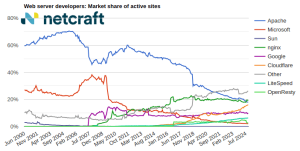Also known as cloud computing, cloud hosting is an alternative method of delivering IT services via the internet. The cloud refers to a network of servers that are meant to offer the users different types of applications and the users will only need to pay for the ones that they have used- one of the main advantages of this process. It has become the ideal selection for many businesses especially those that are starting up and those that are not able to get dedicated hosting services. The users who opt for this type of computing will be able to access various types of resources ranging from memory, processing power and hard drives. It also allows them to control what they need and therefore they can easily add or remove the servers and in case one is down, they have the other servers to select from.
Cloud hosting is delivered from a cluster server platform that is load-balanced and the data therein is stored in a Storage Area Network (SAN). The providers will use compute cycles to measure the amount of time the applications will require to be processed. This will allow the users to be provided with the services they need and be billed accordingly. With this type of computing, the users will be able to enjoy scalability and cost efficiency.
When it comes to scalability, the technology allows the users to carry out web expansions in the minimum time possible. This offers them a lot of convenience as compared to using dedicated or shared hosting as it does not come with factors such as server crash. Scalability is also improved by the provision of resources on a self service basis in real time. The performance is also closely monitored and the consistent architecture is usually provided as the interface of the system.
The reliability of cloud computing is improved because it is the best selection not only for business continuity but also for recovery after a disaster. It will be further improved if the users opt for the sites are redundant. The reliability is also facilitated by the fact that it is easier to maintain as the users do not need to install it in their systems so that they can access the resources offered. This means that the providers are able to carry out the necessary changes to offer their users the support they need and improve the services.




